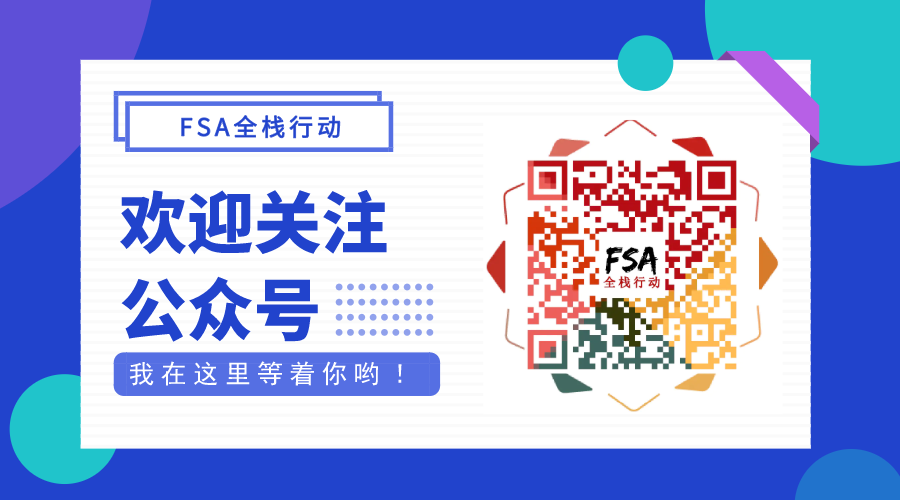本文共 6867 字,大约阅读时间需要 22 分钟。
自定义属性代理
代理也叫委托,Kotlin 支持属性代理,把一个属性的获取与赋值交给一个“中介”(下称 Delegate)去管理,属性代理的语法是: val/var <属性名>: <类型> by <表达式> ,by 后面是 Delegate 对象,被代理属性的 get()和 set() 会给 Delegate 对象对应的 getValue() 和 setValue() 分别代理,因此 Delegete 可以这么写:
注意:Delegate 并不需要实现任何接口,仅需提供
getValue()和setValue()即可。
class Delegate { private var _value: String? = null operator fun getValue(thisRef: Any?, property: KProperty<*>): String { println("getValue() thisRef=$thisRef, property=${ property.name}") return _value ?: "" } operator fun setValue(thisRef: Any?, property: KProperty<*>, value: String) { println("setValue() thisRef=$thisRef, property=${ property.name}, value=$value") _value = value }} 该 Delegate 的 getValue() 和 setValue() 方法对自己的 _value 属性进行获取与赋值,并分别在这 2 个方法中打印输出各参数值,下面我们将一个类成员属性交给 Delegate 对象代理:
class Animal { var name: String by Delegate()}fun main() { val animal = Animal() animal.name = "旺财" // setValue() thisRef=com.charylin.kotlinlearn.Animal@1b28cdfa, property=name, value=旺财 println(animal.name) // getValue() thisRef=com.charylin.kotlinlearn.Animal@1b28cdfa, property=name // 旺财} 当代理属性被赋值与访问时,就会输出 Delegate 对象 setValue() 和 getValue() 中的日志,从输出的日志可以看出,thisRef 是代理属性的实例对象,property 是代理属性的包装。可见,属性代理相比单纯的属性操作更加强大,在某些场景下,属性值的访问会比较复杂,如文件或 Redis,属性代理可以将文件或 Redis 的操作全部交给 Delegate 完成,而业务代码不需要知道具体实现,这对代码解耦与简化很有帮助。
延迟属性 lazy
Kotlin 官方提供了 lazy 代理,可以延迟初始化 val 常量,且只会初始化一次:
class Animal { val age: Int by lazy { println("设置age") 18 // lambda表达式会把最后语句的执行结果作为返回值 }}fun main() { val animal = Animal() println(animal.age) // 设置age // 18 println(animal.age) // 18} 可以看到 println("设置age") 只被输出了一次,这是怎么办到的呢?按住 ctrl +鼠标左键,点击 lazy 查看源代码:
// LazyJVM.ktpublic actual funlazy(initializer: () -> T): Lazy = SynchronizedLazyImpl(initializer)
lazy() 函数需要传入一个 lambda 表达式,返回值是 Lazy<T>,返回结果 SynchronizedLazyImpl(initializer) 就是 Lazy<T> 的实现类对象,我们知道 by 后面接的是 Delegate 对象,lazy() 函数返回的 SynchronizedLazyImpl 就是真正的 Delegate ,再来看看 Lazy 与 SynchronizedLazyImpl 的源代码:
// Lazy.ktpublic interface Lazy{ public val value: T ...}// LazyJVM.ktprivate class SynchronizedLazyImpl (initializer: () -> T, lock: Any? = null) : Lazy , Serializable { private var initializer: (() -> T)? = initializer @Volatile private var _value: Any? = UNINITIALIZED_VALUE ... override val value: T get() { val _v1 = _value if (_v1 !== UNINITIALIZED_VALUE) { // 已经初始化过了,直接返回 return _v1 as T } return synchronized(lock) { ... // 执行initializer()初始化_value值 val typedValue = initializer!!() _value = typedValue initializer = null } } ...}
SynchronizedLazyImpl 重写了 value 属性的 getter 方法,其中会判断 value 是否有初始化过,已经初始化就直接返回结果,未初始化才执行 initializer,所以,这就是 by lazy{} 的初始化逻辑只会执行一次的原因。前面说过,Delegate 对象需要有 getValue() 和 setValue() 方法,那么 Lazy 的这 2 个方法在哪呢?按住 ctrl +鼠标左键,点击 by 可以找到:
// Lazy.kt@kotlin.internal.InlineOnlypublic inline operator funLazy .getValue(thisRef: Any?, property: KProperty<*>): T = value
发现,Lazy 只有 getValue(),没有 setValue(),这不难理解,var 变量延迟初始化使用的是 lateinit,val 常量使用的 by lazy,val 常量不可修改,所以不需要提供 setValue()。
可观察属性 Observable
除了 by lazy 外,Kotlin 为还提供了可观察属性 Observable,这个属性代理可以监听属性值的变化,需要通过 by Delegates.observable() 来设置,这是 Delegates.observable() 的源码,具体实现就不深入了,该函数要求传入 2 个参数,分别是初始值 initialValue 和用于监听值变化的 lambda 表达式:
// Delegates.ktpublic object Delegates { /** * Returns a property delegate for a read/write property that calls a specified callback function when changed. * @param initialValue the initial value of the property. * @param onChange the callback which is called after the change of the property is made. The value of the property * has already been changed when this callback is invoked. * * @sample samples.properties.Delegates.observableDelegate */ public inline fun observable(initialValue: T, crossinline onChange: (property: KProperty<*>, oldValue: T, newValue: T) -> Unit): ReadWriteProperty = object : ObservableProperty (initialValue) { override fun afterChange(property: KProperty<*>, oldValue: T, newValue: T) = onChange(property, oldValue, newValue) } ...} 下面我们来使用 Delegates.observable() 监听属性值的变化:
class Animal { var gender: Boolean by Delegates.observable(true) { prop, old, new -> println("prop = ${ prop.name}, old = $old, new = $new") }}fun main() { val animal = Animal() println(animal.gender) // true animal.gender = false // prop = gender, old = true, new = false println(animal.gender) // false} 可以看到,当修改了属性值时,会触发 Delegates.observable() 参数 2 的 lambda 表达式,输出了相应的日志信息,随后属性值也发生了改变。Kotlin 还提供了 Delegates.vetoable() 可观察属性代理,vetoable 比 observable 要强大一点,它除了能监听属性值变化,还可以控制属性是否要修改,通过查看 Delegates.vetoable() 源码注释可以知道,其参数 2 的 lambda 表达式(也就是 callback)返回值将决定属性值是否被更新:
// Delegates.ktpublic object Delegates { /** * Returns a property delegate for a read/write property that calls a specified callback function when changed, * allowing the callback to veto the modification. * @param initialValue the initial value of the property. * @param onChange the callback which is called before a change to the property value is attempted. * The value of the property hasn't been changed yet, when this callback is invoked. * If the callback returns `true` the value of the property is being set to the new value, * and if the callback returns `false` the new value is discarded and the property remains its old value. * * @sample samples.properties.Delegates.vetoableDelegate * @sample samples.properties.Delegates.throwVetoableDelegate */ public inline fun vetoable(initialValue: T, crossinline onChange: (property: KProperty<*>, oldValue: T, newValue: T) -> Boolean): ReadWriteProperty = object : ObservableProperty (initialValue) { override fun beforeChange(property: KProperty<*>, oldValue: T, newValue: T): Boolean = onChange(property, oldValue, newValue) } ...} 我们将上面例子中的 gender 属性代理修改成 Delegates.vetoable(),并在 callback 中返回 false,以阻止属性值的修改:
class Animal { var gender: Boolean by Delegates.vetoable(true) { prop, old, new -> println("prop = ${ prop.name}, old = $old, new = $new") false // lambda表达式最后语句的结果作为返回值 }}fun main() { val animal = Animal() println(animal.gender) // true animal.gender = false // prop = gender, old = true, new = false println(animal.gender) // true} 至此属性代理的原理及常用属性代理就讲解完了,如需了解更多属性代理的应用,请点击:

转载地址:http://xshpf.baihongyu.com/